What kind of soil is needed for dracaena?
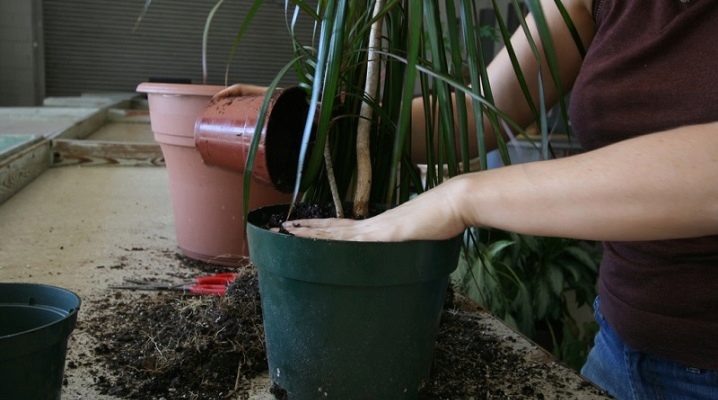
Dracaena is a perennial plant, whose homeland is the African continent, as well as India and the countries of South America, that is, countries with a tropical climate - hot and humid. Dracaena is most often referred to as shrubs; outwardly, it resembles a small palm tree with long narrow leaves. The origin of this plant is important for understanding the basic rules of caring for dracaena and its transplant.
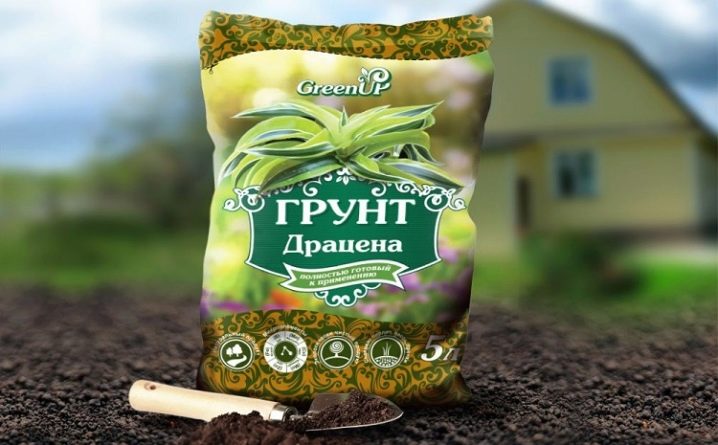
Primary requirements
Despite its thermophilicity, dracaena withstands cool temperatures, about -15 degrees. She rightfully occupies one of the first places in popularity among office plants. Dracaena is quite unpretentious to care for, provided that the location in the apartment or office is chosen correctly, sufficient illumination and humidity are available. But first of all, you need to pay attention to the choice of soil for dracaena.
Stores now offer great and a wide range of potting mixes, but many experienced growers adhere to the rule: if you want to get the perfect result, do the work yourself. And this makes sense, since ready-made mixtures often contain too many minerals according to the principle "more - not less", and after all, every plant in its homeland grows on soil with a strictly defined proportion of trace elements, and their excess is always stress for the plant ... Therefore, your pet, even if it is just an indoor flower, should not be subjected to unnecessary excitement.
So, if you have chosen the path of self-made potting soil, you should carefully study optimal soil composition.
If you decide to trust ready-made mixtures for flowers, knowing the composition of the soil also does not hurt.
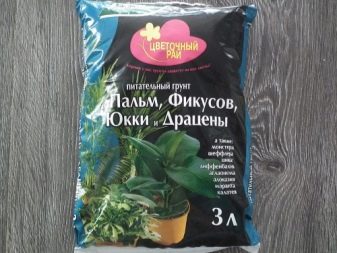
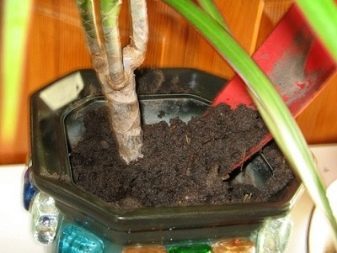
Optimal composition
Dracaena soil should contain trace elements such as potassium, magnesium, calcium... Dracaena loves air. The soil must be light, friable, good moisture permeability. Therefore, the excessive presence of peat, which ready-made soils so often sin, in the composition of the soil for dracaena is undesirable. Peat absorbs water, but gives it away poorly, the soil dries out quickly.
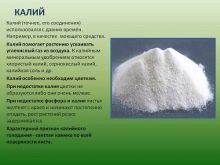
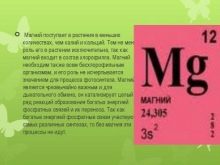

However, if the soil is not chosen quite correctly, a disaster will not happen. Dracaena is quite tenacious, so inappropriate soil will only affect its appearance. but do not plant dracaena in clay soil - this is the only type of soil in which dracaena is most likely not to survive. The composition of the soil for dracaena includes sod land, leafy land, coarse sand, humus.
In addition, ready-made potting mixes contain ceramic chips and charcoal, as well as trace elements - potassium sulfate and double superphosphate... Small additions of peat, limestone or dolomite flour, biohumus, vermiculite, humates are also allowed in the soil.
When choosing a soil, you need to keep in mind that different types of dracaena prefer different degrees of soil acidity. This also applies to humidity. If you do not know the preferences of the selected dracaena variety, you should choose soil with neutral acidity. From ready-made soil mixtures for dracaena soil "Palma" and its analogues are suitable.
It is necessary to provide the plant with high-quality drainage - about a tenth of the height of the pot should be filled with drainage material, for example, expanded clay or small shards from old pots, small rubble.

What are all soil elements for?
The list of required soil constituents includes the following elements:
- sod land forms the basis of the soil, it is light and nutritious;
- leafy soil - the second necessary component of the soil, is prepared from decomposed leaves;
- humus provides organic nutrition for the plant, obtained by roasting manure;
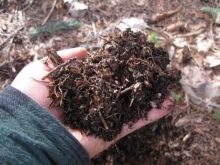
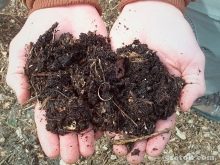
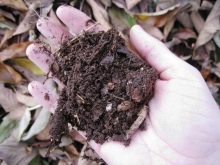
- sand improves the access of air and water to the roots;
- expanded clay - these are small balls of baked clay with a diameter of about 1 cm; they are used for better soil loosening and for drainage;
- vermicompost is a very popular soil additive; it is a product of the vital activity of earthworms, it is added to the soil instead of humus, since natural humus can contain pathogenic microbes and weed seeds;
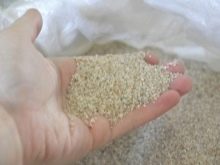
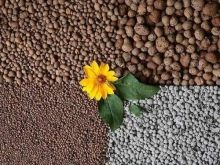

- vermiculite increases the air permeability of the soil, preventing its compaction; that is, it is needed for the same purpose as coarse sand or expanded clay;
- sapropel is a fertilizer formed from decomposed microorganisms in fresh water bodies; it contains a large amount of various acids and other useful microelements, it is recommended to apply it to the soil so that the plant takes root better;
- charcoal contains potassium, prevents an increase in soil acidity, increases its looseness and water permeability; you can use ready-made charcoal for barbecues, crushed into pieces about 1 cm in size;
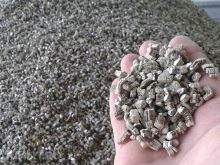
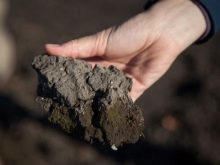
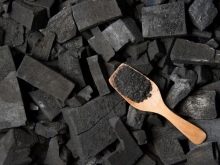
- ceramic chips perform the same functions as sand and fine expanded clay, they are interchangeable;
- peat contains many essential trace elements, in addition, the structure of the peat does not allow the soil to harden;
- dolomite flour contains potassium and magnesium, helps to normalize soil acidity;
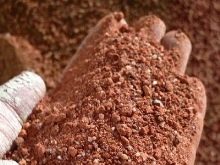
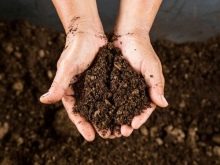
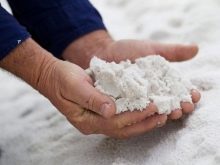
- humates - mineral fertilizers, which increase the plant's resistance to diseases;
- potassium sulfate - mineral fertilizer that improves plant growth;
- double superphosphate is a mineral fertilizer that provides the plant with calcium and magnesium.

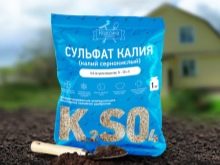
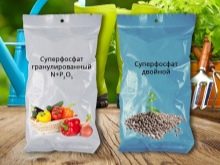
Perhaps, the list of necessary soil components can be completed on this. But there are still many microelements, which, if necessary, "feed" the plant. Unfortunately, dracaena needs a large amount of moisture, and frequent watering leads to the "leaching" of essential trace elements from the soil.
It should be remembered that an excess of fertilizer is just as harmful as a deficiency, so the main thing is not to overdo it and follow the instructions on the fertilizer packages exactly.
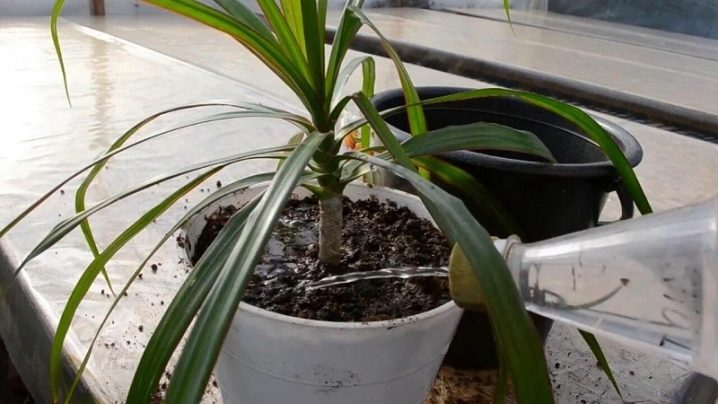
How to prepare the ground?
Consider the possibility of preparing land for indoor dracaena at home. But note that if you want to get guaranteed high-quality soil from scratch, you need to have a large supply of time and effort, as well as a suitable place for storing and processing the soil. The preparation of sod land is as follows:
- in spring or early June, sod is cut in areas where herbs of various types grow, and laid in layers in half with manure; leafy soil is obtained by composting decomposed leaves;
- in autumn, fallen leaves of trees are collected (with the exception of oak, willow, poplar, chestnut), and, adding slaked lime, compost is prepared;
- to prepare humus, the collected manure (cow or horse) is covered with polyethylene and left to re-heat for two years.
Important! The ripening period of all three listed components is about 2 years, so it makes sense to make them yourself only if you breed the plants professionally. In addition, it should be possible to prepare the soil, for example, the presence of a summer cottage.
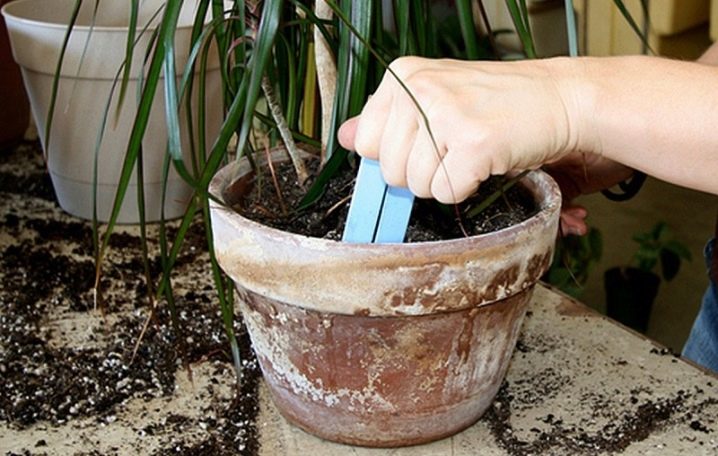
If this is not possible, it is better to prefer a ready-made mixture. Sand, providing looseness of the soil, it is better to use river, well-washed. The rest of the elements are added in small quantities. Fertilizers are applied on time and in proportions indicated on the package.
Dracaena should be transplanted once a year., and the older the plant, the more sod is added to the ground. But this is only for plants over 3 years old. For the first planting, it is advisable to take the soil components in the following ratio:
- sod land - 2 parts;
- leaf land –1 part;
- humus - 1 part;
- coarse sand - 1 part.
To transplant dracaena, you should, first of all, disinfect the soil, since each of the components can contain dangerous bacteria or spores. Disinfection at home the easiest way is to spend in the oven at a temperature of about +200 degrees for 10-15 minutes. You can also spill it with boiling water or a slightly pink solution of potassium permanganate.
You should not transplant the dracaena immediately into a large pot - then all the forces will go into the growth of the roots. The preferred diameter of the pot is just a few centimeters larger than the diameter of the previous one. Dracaena has a vertical root system; it is better to plant it in a tall glass-shaped container. If you follow the recommendations for soil preparation and further care, the dracaena will delight you with a blooming look for many years and will become a real decoration of your home or office.
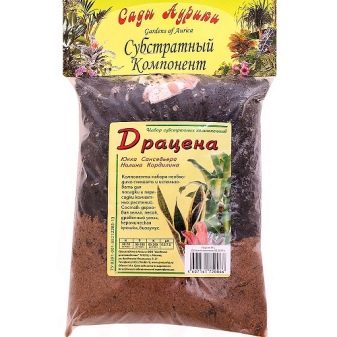
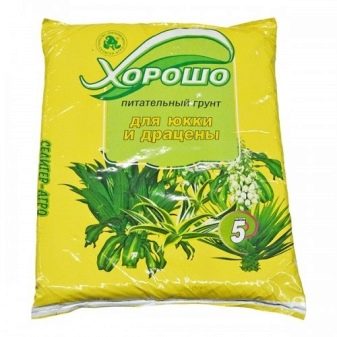
You can find out what kind of soil is needed for dracaena by watching the video below.































Thanks for the information.
Good article, put everything on the shelves.
Thanks to. A lot of useful information.
Thanks. Very interesting information.
Thanks! Exhaustive!
Healthy.
The comment was sent successfully.